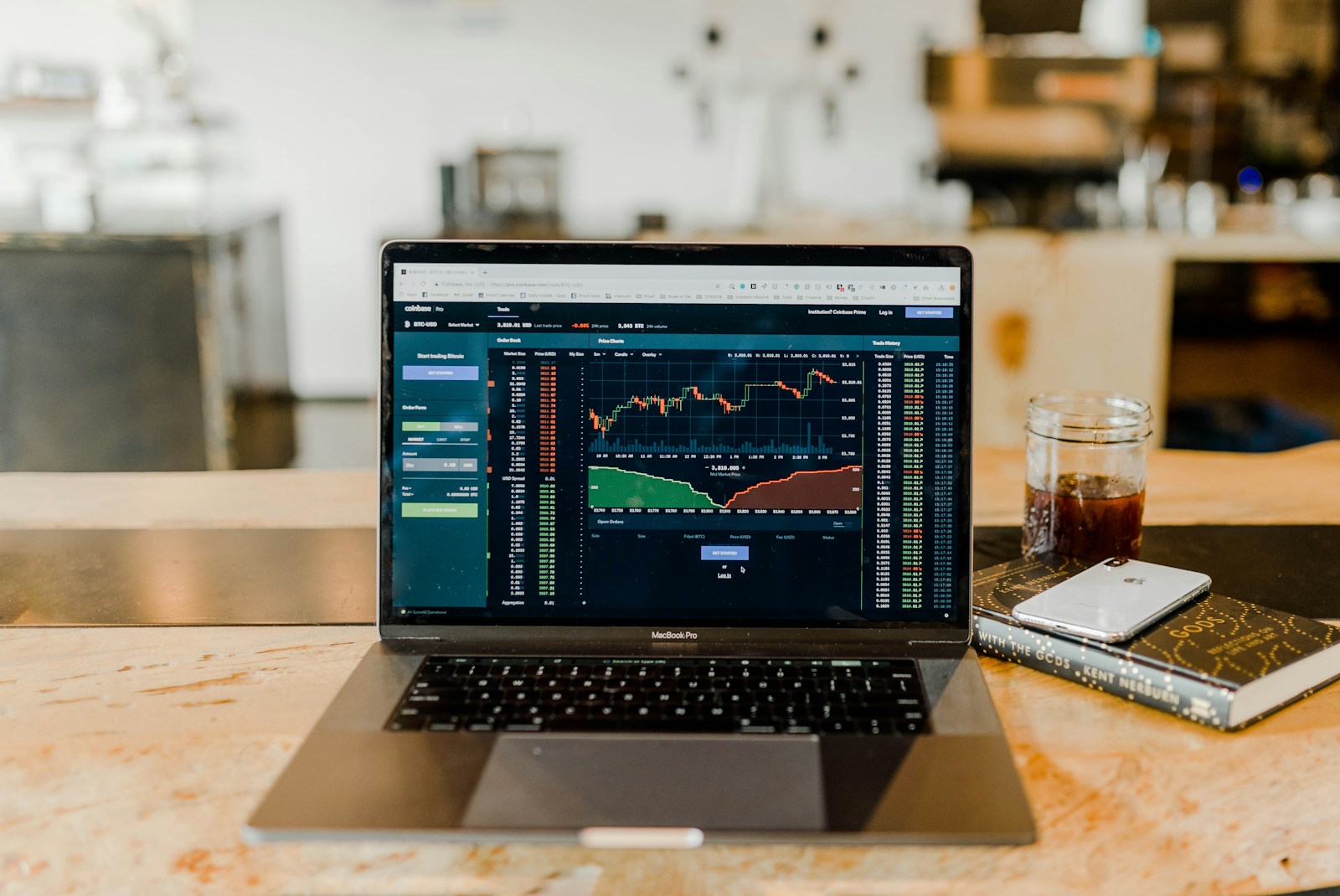Swing trading is gaining momentum among retail and professional investors in 2025, especially as both crypto and stock markets experience frequent price swings. Unlike day trading, swing trading focuses on capturing short- to medium-term price movements—ranging from a few days to a few weeks—offering a less stressful and more strategic trading approach.
In this guide, we’ll cover essential swing trading strategies and how you can apply them to both crypto and stock markets in 2025 to generate consistent profits.
What is Swing Trading?
Swing trading involves buying an asset—whether it’s a stock or cryptocurrency—and holding it for several days or weeks to profit from price changes. Traders use a mix of technical analysis, chart patterns, and momentum indicators to identify entry and exit points.
This strategy suits those who want to stay active in the markets but don’t want the constant screen-watching that comes with day trading.
Why Swing Trade in 2025?
In 2025, market volatility remains high due to geopolitical developments, evolving monetary policies, and rapid innovation in tech and crypto. These conditions create reliable short-term opportunities for disciplined traders.
Advantages include:
Less time commitment than day trading
Clear setups using technical tools
Works well in volatile crypto markets and trending stock sectors
Can be automated partially with alerts or bots
Top Swing Trading Strategies for 2025
- Moving Average Crossover
One of the simplest strategies. Traders watch for a short-term moving average (like 20-day EMA) crossing over a long-term moving average (like 50-day EMA).
Buy Signal: 20 EMA crosses above 50 EMA
Sell Signal: 20 EMA crosses below 50 EMA
This strategy works particularly well in trending markets like growth stocks and Layer-1 cryptos.
- RSI Divergence
Relative Strength Index (RSI) helps identify overbought or oversold conditions. Look for divergence between price action and RSI levels.
Bullish Divergence: Price makes a new low, RSI makes a higher low → possible reversal up
Bearish Divergence: Price makes a new high, RSI makes a lower high → possible reversal down
Perfect for catching reversals in volatile altcoins and speculative stocks.
- Breakout and Retest
This strategy focuses on identifying breakouts from chart patterns (like triangles, flags, or channels). Instead of entering on the breakout, wait for the price to retest the previous resistance as support.
Increases reliability
Reduces false breakouts
Effective in crypto and tech stock sectors
- Fibonacci Retracement Levels
Used to predict pullbacks within a trend. Common retracement levels include 38.2%, 50%, and 61.8%.
Traders often enter trades when prices retrace to one of these levels before resuming the trend. This strategy is widely used in both BTC/ETH trading and major indices like the S&P 500.
Risk Management for Swing Traders
Even with strong strategies, risk control is critical:
Use stop-loss orders
Risk only 1–2% of your capital per trade
Set realistic profit targets
Stick to your trading plan
Conclusion
Swing trading offers a profitable middle ground between long-term investing and high-frequency day trading. With the right mix of technical skills, discipline, and risk management, traders in 2025 can consistently profit in both crypto and stock markets.z



